Boys at Sherborne are always busy young men and I’m a great believer that the busiest are generally the most successful. The Turing Virtual Reality Club meets every Monday night in The Grove and now has twenty boys involved after eight more boys joined recently. These boys certainly keep busy; for they do jobs throughout the week to help the project along.
The goal of the project is to re-create Alan Turing’s Sherborne in Virtual Reality – that is, to create a simulation of parts of the School and re-create some of Professor Turing’s belongings and School objects that he used during his time here. It also allows people the chance to don an Oculus Quest 2 headset and immerse themselves in a virtual world, manipulating the objects as they walk around the library.
Boys have been using various pieces of technology to model parts of Sherborne School library by using LIDAR scanners, Blender (a 3D modelling program) and Unity 3D (a programming development environment for Virtual Reality programs). All of these programs require the boys to learn a variety of skills, from programming, modelling and algorithm design through to Project Management and Media. It simulates the range of abilities that are required in the world of Computing outside of the academic subject at school.
Will F (U6b) modelling a book in Blender
Will F (U6b) commented: "Virtual Reality has so much potential for future careers, from medicine, science and engineering right through to the leisure industry and more. Learning these key techniques at school gives us early exposure to such technology and teaches us a great application of programming and graphics. It's also a lot of fun and incredibly satisfying when you actually wear the goggles and think - I helped create that"
A 3D model of part of Sherborne School Library (click on image to enlarge in new window)
Unless you’ve had the experience of VR googles yourself, it is difficult to contemplate just how real things feel. Even the boys are surprised at just how immersive it all feels when they first try them on. As a user, you can pick up objects that have been created, many of which shall be scattered around our virtual library – in secret places or placed on a shelf.
You can see below how the boys have modelled each object and then combined them together in the virtual world – each having their own physical properties and mechanics.
A Chair from the Sherborne Library, modelled in 3D using Blender (without textures)
A table object with some book objects on top of it.
The book on the table is an object that users can pick up with their virtual hands and read pages in it. Perhaps there are some interesting clues in the books?
A single 3D modelled book – one that Alan Turing read during his time at Sherborne
Some of the boys are in the process of creating a storyboard for the simulation. Eventually there will be puzzles for the users to solve that may include solving riddles and getting clues from books for turning lights on or to determine the location of a secret key contained in a box.
A secret box in 3D - does it contain a clue?
Over time, the simulation will get more and more detailed. A legacy from year to year will be left and, as the boys become Old Shirburnians, they will have taught the new year-groups on how to build and expand on what they had done. The idea would be to make the simulation available to the wider public – perhaps in the Oculus or SideQuest stores and even charge a small fee to install it. Proceeds will go to the Turing family charities.
Perhaps in these days of COVID, prospective parents will be able to, one day, visit Sherborne in Virtual Reality and get a real sense of the wonders of Sherborne and imagine the days when Alan Turing was wondering around. Watch this space!
Currently there are 20 boys involved and some of those are shown from our most recent Monday meeting.
Back (left to right): Theo M (U6a), Johnny K (U6b) , Will F (Project Manager - U6b), Sam B (Senior Programmer - U6a), Denys T (Blender - U6e), James F (4a); Front (left to right): Tom K (asst. programmer - L6e),Milo F (3f), James W (3b)
Other members of the team include: Hector K (5g), George K (4d), Haitian Li (5g), Howard C (L6f), Guillaume S (3e), Alex B (Scanning Lead 4d), Dimitri P (U6e), Freddy M (L6b), Aleksandr G (L6e), James W (3b), Minsang R (4a), Sam B (5d).
Dr Dave Wild
Head of Computer Science





.JPG)









%20(1).jpg?command_1=resize&height_1=85)
.jpg?command_1=resize&height_1=85)















